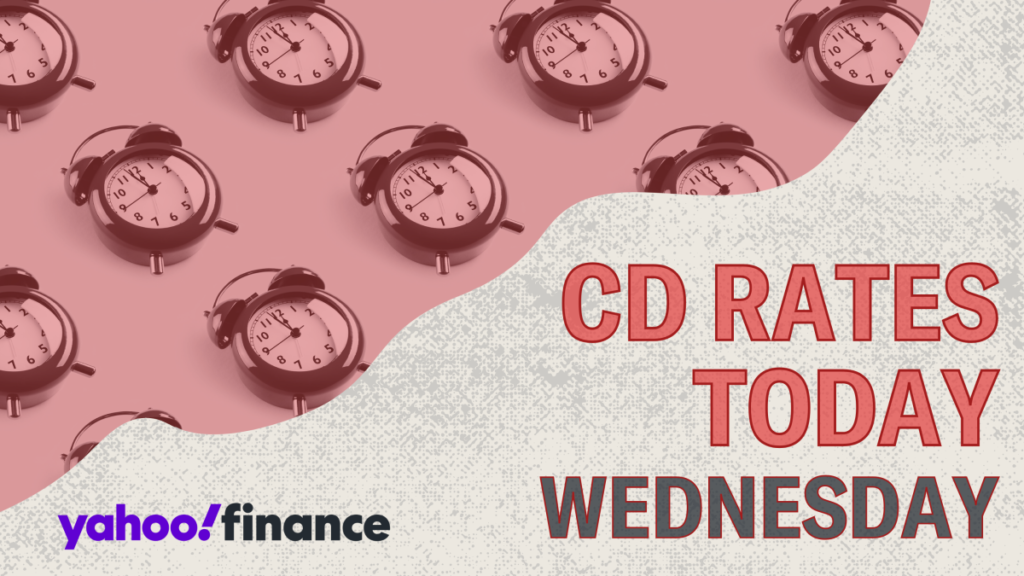In November 2024, the Federal Reserve made the decision to lower the federal funds rate again, marking the second reduction of the year. This adjustment has sparked a decrease in deposit account rates, including those for certificates of deposit (CDs). For savers, the silver lining amidst these declining rates is the opportunity to secure competitive returns on CDs. This summary highlights the current landscape of CD rates, the best offers available, and the implications of recent Federal Reserve actions on these rates.
Historically, CD rates have remained surprisingly robust, especially for shorter-term investments. Savers are currently able to find rates at or above 4.50% Annual Percentage Yield (APY) for maturities around one year, while rates for longer-term CDs have also maintained strength, with top offers nearing 4% APY for terms of three years or longer. Barclays Bank leads the pack, providing the highest CD rate for a 6-month CD with no minimum opening deposit. As CD rates are indirectly influenced by the federal funds rate, the recent reductions by the Federal Reserve, totaling 75 basis points, have created an environment where locking in a competitive rate may soon come to an end.
Determining whether to invest in CDs involves assessing various factors beyond just the interest rate. The current trend of interest rates plays a significant role; when rates are high or on a downward trajectory, CDs can serve as an attractive option that assures a fixed return throughout the entire term. Additionally, while CDs are a safe investment choice ideal for preserving capital thanks to FDIC insurance up to the federal limit, they may not be suitable for longer-term goals like retirement savings, which could benefit more from market investments yielding higher returns.
Liquidity needs should also be a consideration before committing funds to a CD. Since CDs require capital to be locked away for predetermined periods, savers must evaluate their access needs. Failure to consider potential withdrawal requirements may result in incurring early withdrawal penalties, making alternative savings vehicles like high-yield savings accounts advisable for those who might need quick access to their funds.
When looking to open a CD, savers are encouraged to broaden their search beyond their current banks. Not all banks offer competitive CD rates, making it crucial to compare options from various financial institutions. Online banks often present some of the most attractive high-yield CDs due to their lower operational costs, allowing them to extend better rates and lower fees to their customers. Additionally, credit unions, as not-for-profit entities, typically provide more favorable terms and rates than traditional banks, while community banks might offer competitive interest rates alongside personalized service that larger institutions do not.
In conclusion, as the Federal Reserve continues to adjust interest rates in response to economic conditions, individuals seeking to maximize their savings should consider locking in current competitive CD rates. Given the potential for further rate cuts in the upcoming years, now may represent a critical juncture for savers to capitalize on the benefits that CDs offer. Whether through online banks, credit unions, or community banks, savvy savers are encouraged to explore all available resources to secure the best possible returns on their investments.

